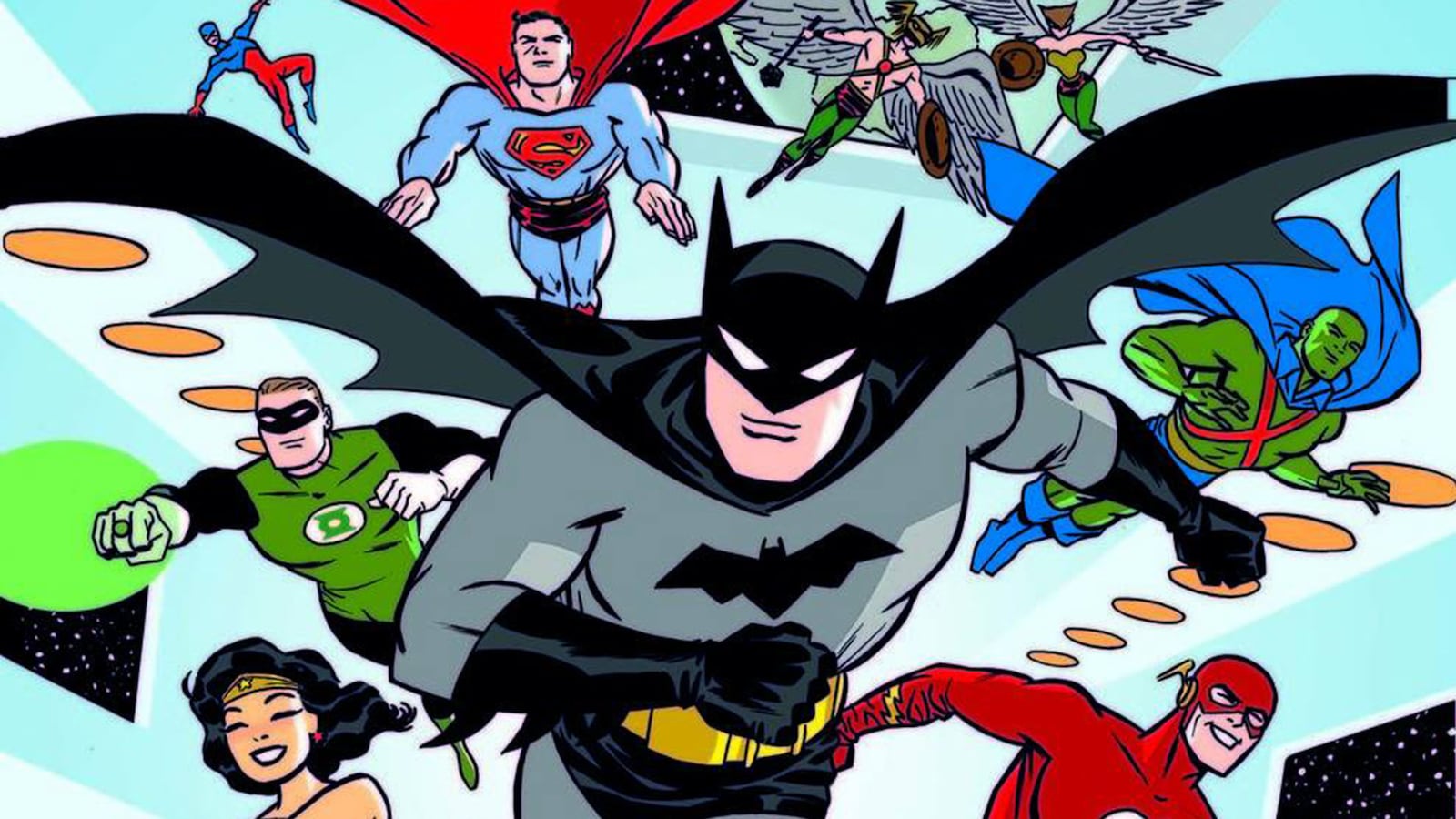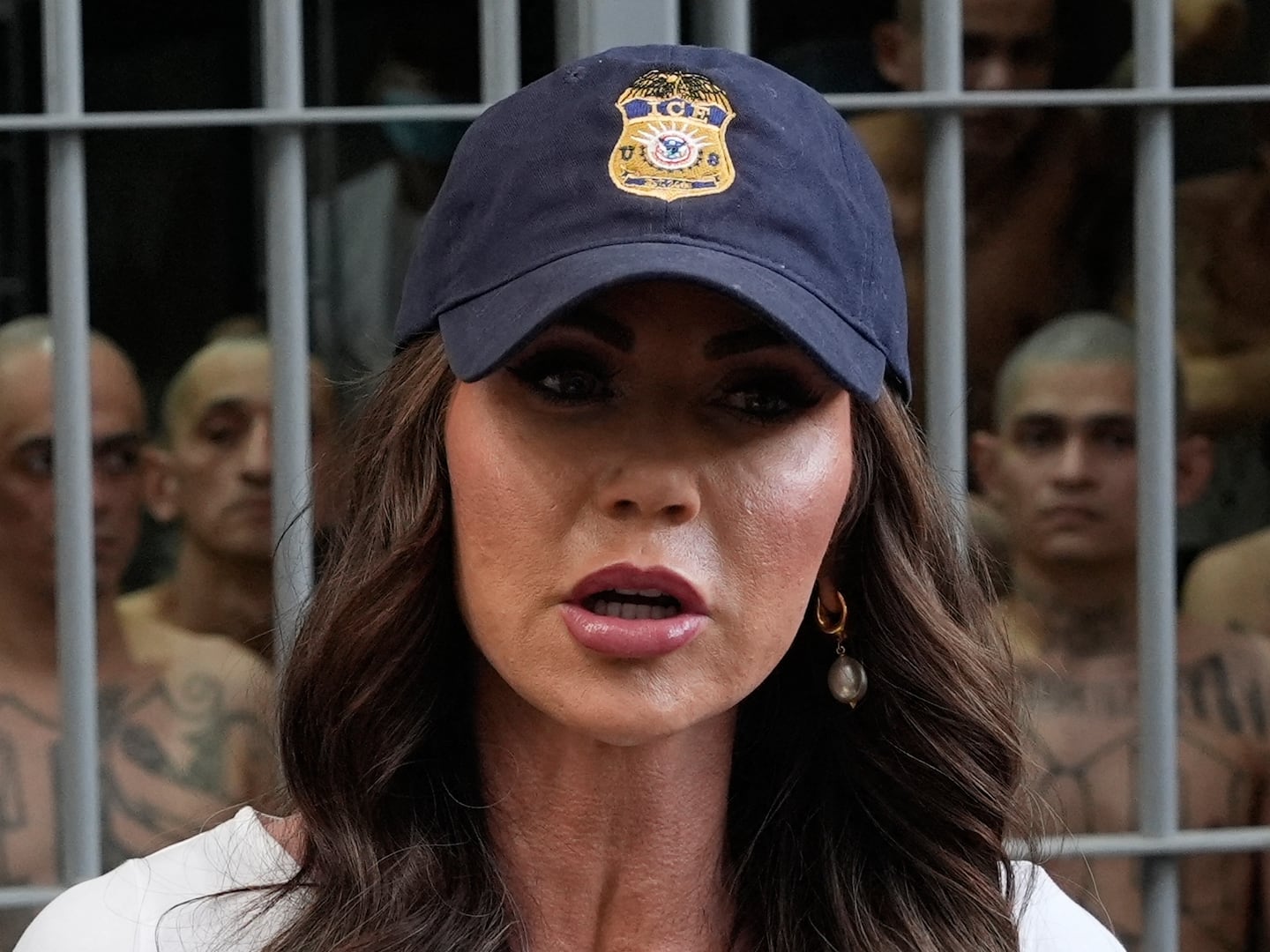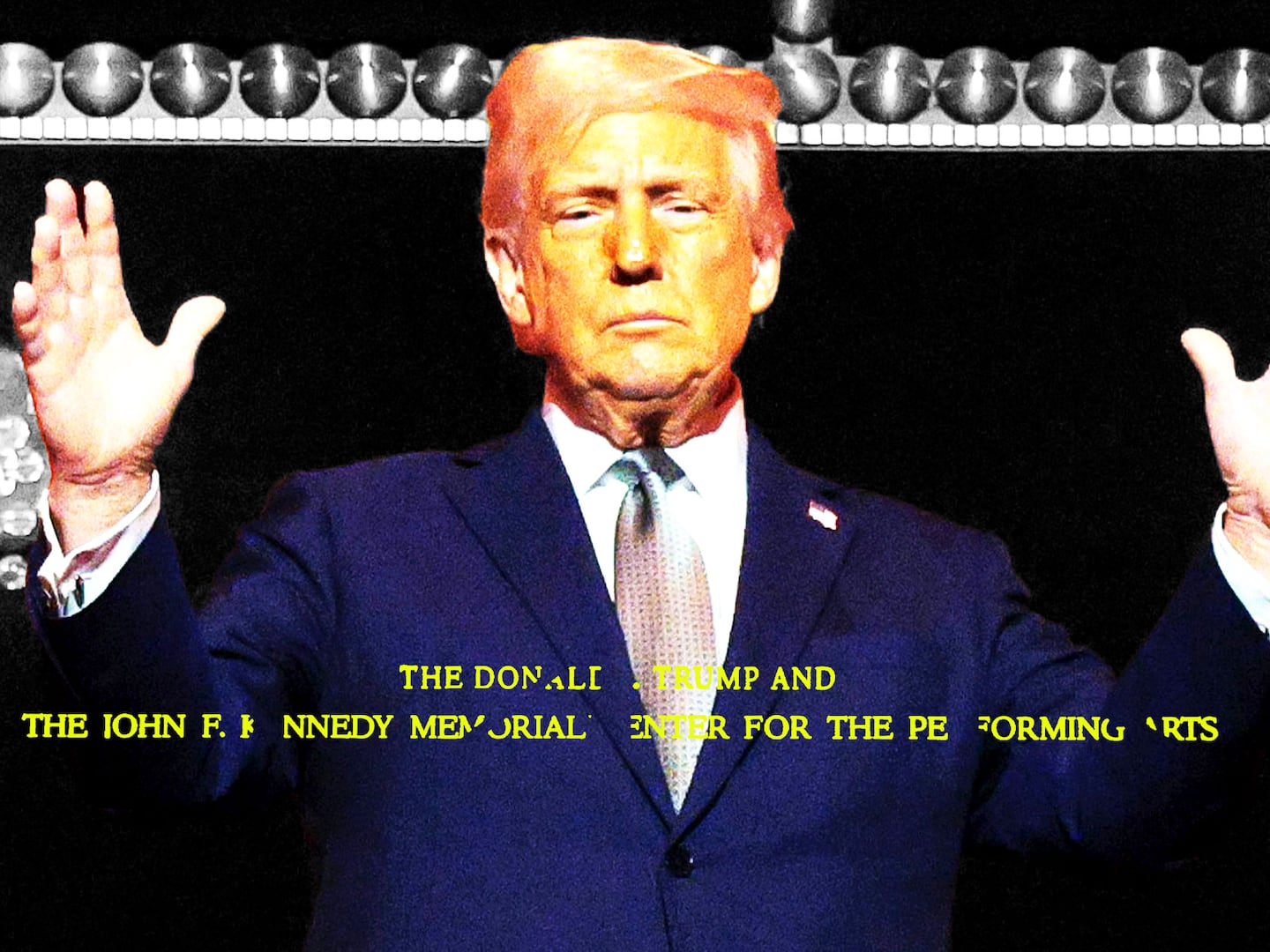Despite what the knuckle-draggers in comment sections would have you think, America is beginning to care about diversity in comic books. Look at the media explosion which erupted this week when Marvel Comics announced that both Captain America and Thor would undergo some radical changes as part of their new Avengers NOW! series. Sam Wilson, an African-American hero also known as Falcon, will be taking up Captain America’s mantle after the Captain loses his super-soldier abilities. And when Thor Odinson is deemed unworthy, his hammer (and the Thor title, it seems) will pass on to an unnamed woman.
The Internet erupted into a chorus of fanboy kvetching in the wake of this news, with some fans up in arms over “political correctness gone mad.” Others applauded Marvel for providing some much-needed variety to their stable of white, male heroes. As superhero juggernauts DC and Marvel enter the 21st century, the debate over diversity in comic books is picking up steam. A black Captain America and woman Thor are just a few of Marvel’s many triumphs in what’s been a banner year.
So why is DC lagging behind?
It’s not as if DC isn’t trying. They’ve vocally espoused a commitment to diversity, and made headlines in 2006 when they announced that their new Batwoman, Kate Kane, was an out lesbian. However, in recent years they’ve come under fire for racial and gender homogeneity both on their creative teams and within their comic books. The missteps range from white-washing characters of color during Black History Month to refusing to allow Batwoman to marry her fiancée. This last decision resulted in the resignation of Batwoman editorial team J.H. Williams III and W. Haden Blackman, one of the most critically-acclaimed partnerships in DC’s history, and seemed to cancel out any remaining goodwill the company had earned.
DC’s reputation for boners (as the Joker would say) is so widespread that www.hasdcdonesomethingstupidtoday.com keeps a daily tally of the company’s offenses. As of today, DC is celebrating eight boner-free days.
Meanwhile, Marvel is setting the gold standard. A year before DC dropped the ball on the Batwoman wedding, Marvel’s Northstar married his boyfriend in Astonishing X-Men #51, complete with a splash cover featuring the two men embracing. Titles like Ms. Marvel, which features a Muslim teen girl hero, are critical darlings and best-sellers. Marvel Editor-in-Chief Axel Alonso has confirmed the company’s commitment to expanding its fanbase, saying, “While we don’t have any market research, the eyes don’t lie. If you go to conventions and comic book stores, more and more female readers are emerging. They are starved for content and looking for content they can relate to.” And instead of choosing to drop the Thor bombshell at the upcoming San Diego Comic Con, Marvel revealed the change on The View. When you think of a stereotypical comic fan, Whoopi Goldberg probably isn’t who you had in mind.
Comic books are a fundamentally stagnant medium. Any slightly unconventional decision—from casting Heath Ledger as the Joker to putting pants on Wonder Woman—is met with a level of feverish debate normally reserved for schisms within the Catholic Church. When Avengers NOW! launched, the Internet predictably collapsed into a flurry of venomous pearl-clutching. Some wondered if a female Thor now meant that “feminists” would try to also rewrite Jesus as female. The equivalence between comic books and Scripture is telling of how seriously canon is taken by these fans. To violate the status quo is akin to sacrilege.
The irony is that a format characterized by the boundless scope of imagination is ultimately extremely conservative when it comes to risks with character or story. Major developments like deaths or marriages are almost always undone, via fantastic contrivances ranging from deals with the devil to time travel. Characters are de-powered, murdered, raped, aged up and down, and yo-yoed between universes with an alarming lack of fanfare. It’s the same problem suffered by long-running soap operas, where catastrophes are regularly smoothed over or forgotten in order to keep the premise going. At least on soap operas, actors leave over contract disputes or pass away. In comics, the stories can go on indefinitely. As such, the limitless nature of comic book fantasy is used, by and large, to keep limits in place.

Both companies understand this—and handle it differently. DC Comics uses a slavish adherence to the status quo to prevent anything socially progressive from taking place on its pages. Co-Publisher Dan DiDio insisted the Batwoman wedding controversy wasn’t homophobic. The wedding was barred because DC heroes couldn’t have “happy personal lives.” Apparently, audiences will believe a man can fly. They just won’t (or can't) believe two women can be happily married! Policies like DiDio’s are not only detrimental to character and narrative development—they also make the company seem backwards and out of touch.
When DC restored Barbara Gordon (aka Batgirl’s) ability to walk in 2011, many fans were devastated. Barbara’s post-paralysis identity as Oracle was an accepted and beloved aspect of the DC canon and iconic in the disabled community. DC, however, decided that having the “classic” Batgirl was more important to the brand’s success, with DiDio saying, “We didn’t want to turn our back on the diversity issue, but she’ll always be the most recognizable [Batgirl.]” He also argued that the same New 52 event which restored Barbara’s mobility acted as a “reset button” for the whole DC Universe. But characters introduced after Barbara’s paralysis, such as Harley Quinn, continue to headline best-selling titles. What DC views as being recognizable and comfortable to fans (and consequently profitable) seems to trump any lip service they pay to what DiDio calls “the diversity issue.”
Marvel, on the other hand, seems more than willing to challenge readers. The visual impact of replacing blond, blue-eyed Steve Rogers with the African-American Sam Wilson is enormous, both in what it says about who can represent America in 2014 and in what it says about Marvel’s willingness to push their audience’s expectations. Marvel trusts their audience to support a Captain America who is not immediately “recognizable.”
And the same pressures of the status quo which seem to dictate every one of DC’s moves are absolutely present for Marvel—as others have pointed out, it’s improbable that Sam Wilson will remain Captain America for long or that male Thor will remain unworthy of the hammer. If Captain America can come back from the dead, then his current convalescence is only a temporary derailment.
It’s also highly likely that Marvel will capitalize on next summer's release of Avengers: Age of Ultron by featuring the most iconic (i.e. Chris Evans and Chris Hemsworth) representations of those characters in the comics. As with DC, the universe’s status quo will ultimately reassert itself once again as overwhelmingly white, male, and hetero-normative. Where DC and Marvel differ is that while DC uses this as an excuse to erase anything challenging or progressive, Marvel sees it as an opportunity to challenge their audience’s view of who a hero can be. The titles are reduced to their purest elements. After all, being Captain America isn’t about being a white man. It’s about being a patriot dedicated to American ideals of justice and freedom. Sam Wilson fits that bill, so he gets to wear the star-spangled suit. In a medium where the only roles afforded to women or people of color are often specifically linked to their race or gender (Black Panther, Wonder Woman), this is huge. For once, the boundless nature of comic story-telling is actually being used to cross boundaries.
Despite this, Marvel’s efforts might not feel like enough. Why not launch titles starring independent black or female characters instead of having them temporarily adopt another’s mantle? But the sad reality is that the comics industry is too insular to foster any kind of radical change. It still remains incredibly difficult for new comics and heroes to get a stronghold in the marketplace. Most new titles are cancelled within a matter of months. Especially as comic prices rise, readers seem to be sticking with the titles they know and love. Consequently, Marvel is working within the system (and to be fair, it’s a system which they helped create) to introduce a wider variety of heroes to the consumers buying familiar titles like Thor.
It’s a Trojan horse strategy, sneaking in African-American or female heroes one book at a time, for a few months. It’s also a low-stakes method of taking risks, particularly when one considers the scope of Marvel’s cinematic universe. Marvel superhero films have dominated the box office for the last few years, and a Black Widow movie would provide exposure to a much wider audience than the blinkered world of comic book readers. Yet all but two of their upcoming 11 films will feature white, male leads. Of the two major characters of color, Zoe Saldana’s skin will be digitally rendered green for Guardians of the Galaxy. The Fantastic Four reboot’s casting of Michael B. Jordan as Johnny Storm (a canonically white character) sparked a massive outbreak of racist fanboy aneurysms. The response to Jordan’s casting in particular highlights how Marvel’s diversity initiatives, for all their good, are still calculated marketing moves.
Comic books are a low-cost venture. It’s much easier and cheaper for the company to take some chances without a billion-dollar budget at stake. And the sobering fact remains that a black Captain America is still considered to be such a risk in 2014 that it could only be executed in this low-impact format. The superhero medium is so staid that temporary exposure to a black lead is considered groundbreaking. Marvel is taking a gamble on the strength of their brand.
While DC wants to protect recognizable characters by keeping them in NRFB condition, Marvel is willing to chance that a tentpole property like Thor will retain his iconic status, even if a woman wields the hammer for a while. They believe that fans are not going to stop buying Captain America comic books because Sam Wilson is behind the shield. Readers are smarter than that, and Marvel knows it.
After all, they made a similar gamble before. In 2011, they replaced Spider-Man’s Peter Parker with the half-black, half-Latino Miles Morales. Miles remains one of Marvel’s most popular characters, but only in the alternate Ultimate universe. In the central Marvel continuity, Peter Parker is still swinging and still white, after apparently bouncing back from his latest brush with death. Status quo, after all, remains king.






